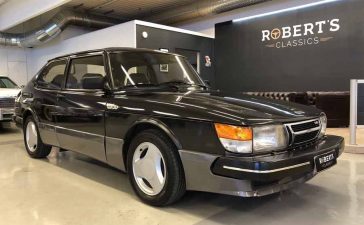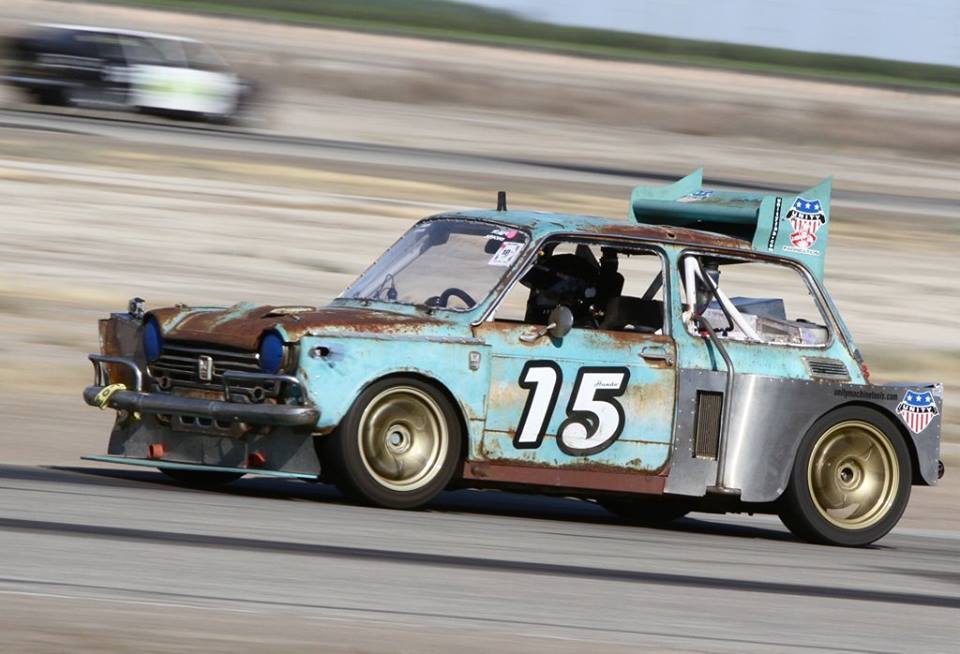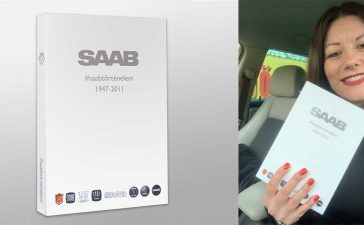Simplification is somethign everyone could use a little more of these days. All industrial products are the result of a design process, but the nature of this process can take many forms: it can be conducted by an individual or a large team; it can emphasize intuitive creativity or calculated scientific decision-making; and it can be influenced by factors as varied as materials, production processes, business strategy and prevailing social, commercial or aesthetic attitudes. Interface design is involved in a wide range of projects from computer systems, to cars.
Just about this topic, great article written by Matthew Brigante glancing at his Saab 9-5 and interior design of Saab 9-5, in the field of human-car interaction. Essentially, it is a driver-oriented design created on the basis of the foreseen user behavior (Behavioral Design).
Here are his theses about interaction design in Saab 9-5:
When I first got in it, I was totally fascinated by the intricate system that was the dashboard and center counsel.
It just so happens that SAAB actually started out as SAAB AB, an aerospace company that in 1945 began producing cars. This was one of the facts my brother had pointed out when we would talk about the interior and its unique layout, and we both agreed this car was ahead of it’s time when it first came out.
So much of car design is in the details, and these details can shape so much of our behavior, for example something as simple as closing and opening the windows. One of the interesting features on the SAAB was the placement of the window buttons. Along with the key ignition, all four lived in the what I would say is the center of the car, the space between the stick shift, and the center compartment. Being that I was used to American cars, it took some time for me to get used to this little change, but after some time I also noticed some nice perks to it being there.

I can only assume that when the designers at SAAB put these things here, they did it with the intention of organizing a behavior that happens routinely. A person
- gets in,
- tying seat belt
- places the key in the ignition,
- pulls the break down,
- then turns the car on and
- then opens the windows (if necessary)
By placing these functions together, the driver never has to take his hand away from the gear shift and it reduces time in something that happens over and over again. Something about this decision always stuck with me, it was just so simple, and made sense.
Also, look at the shape of windows buttons! Each is different, so you can easily identify tactile, even in the dark.












I do like my 9-5, but the best interior I had was a Volvo 940. The HVAC control were simple. The stereo could be operated with one finger extended while your hand rested on the gearshift. The window controls were flat on the door, like an arm rest. All could be operated without looking away from the road – even the door handle was the best ever (but probably not safe in side impact).
In the 9-5, the night panel button and spot-lamp button are totally hidden by the steering wheel. The window controls are mounted too far back (for me) and are awkward to get at. The stereo / hvac controls are all mounted too low.
Also in my 9-3 OG, the hvac controls (with bottons only) are probably the least safe I have ever used as they are mounted so low and you *must* look at it when operating. Can’t believe Saab designed it.
The good parts of the Saab: the steering wheel controls. The volume knob is big (06-). General layout is nice.
Unfortunately, of the 3 Volvos and 2 Saabs I now own, the Volvos win in ergonomics. But the Saabs are a nice place to be.